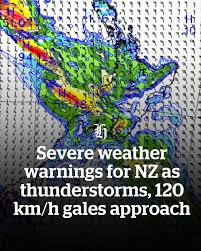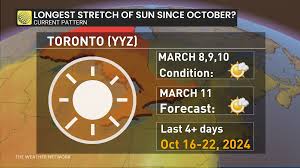
Introduction
Severe weather has become a pressing concern as climate change intensifies, leading to a spike in extreme weather events worldwide. From hurricanes and tornadoes to heavy snowfalls and floods, severe weather can cause significant disruptions, impacting communities, economies, and the environment. In Canada, where diverse weather patterns can heavily influence daily life, understanding these phenomena and preparing for their consequences is more crucial than ever.
Recent Events
In recent months, Canada has experienced an unusual increase in extreme weather incidents. For instance, British Columbia suffered from devastating floods in late 2021, displacing thousands and impacting the region’s infrastructure. Similarly, the East Coast has faced intense winter storms that led to power outages and transportation disruptions. According to Environment and Climate Change Canada, incidents of severe weather have become 20% more frequent and 30% more intense over the past 50 years, drawing attention to the necessity for enhanced forecasting and preparedness measures.
Impact on Communities
Severe weather events often lead to extensive economic losses. For example, the flooding in British Columbia resulted in damages exceeding $1 billion, affecting local agriculture, trade, and tourism. Beyond the immediate financial impacts, events like tornadoes can lead to long-term community trauma and disruption. Populations that are already vulnerable, including seniors and low-income families, are disproportionately affected by these weather events, emphasizing the need for comprehensive emergency preparedness plans.
Preparedness and Safety Measures
As the frequency of severe weather rises, Canadians are encouraged to adopt proactive safety measures. Authorities consistently advise citizens to stay informed through reliable sources such as Environment Canada. Developing a family emergency plan that includes supplies for at least 72 hours, understanding local weather alerts, and having a communication strategy in place can significantly mitigate risks. Local governments are also ramping up resilience efforts through improved infrastructure and emergency response strategies.
Conclusion
The growing prevalence of severe weather in Canada is a stark reminder of the reality of climate change and its far-reaching effects. As weather patterns become increasingly erratic, the importance of staying informed, prepared, and responsive has never been clearer. Citizens must take proactive steps while advocating for policies that address climate change. Together, we can build resilient communities capable of withstanding the impacts of severe weather.




